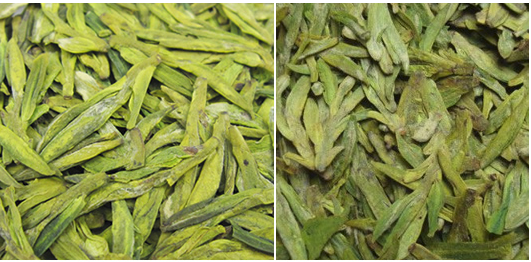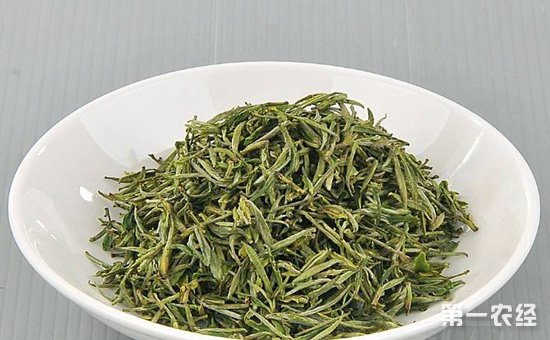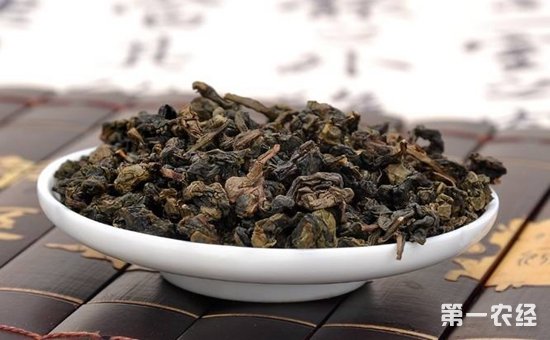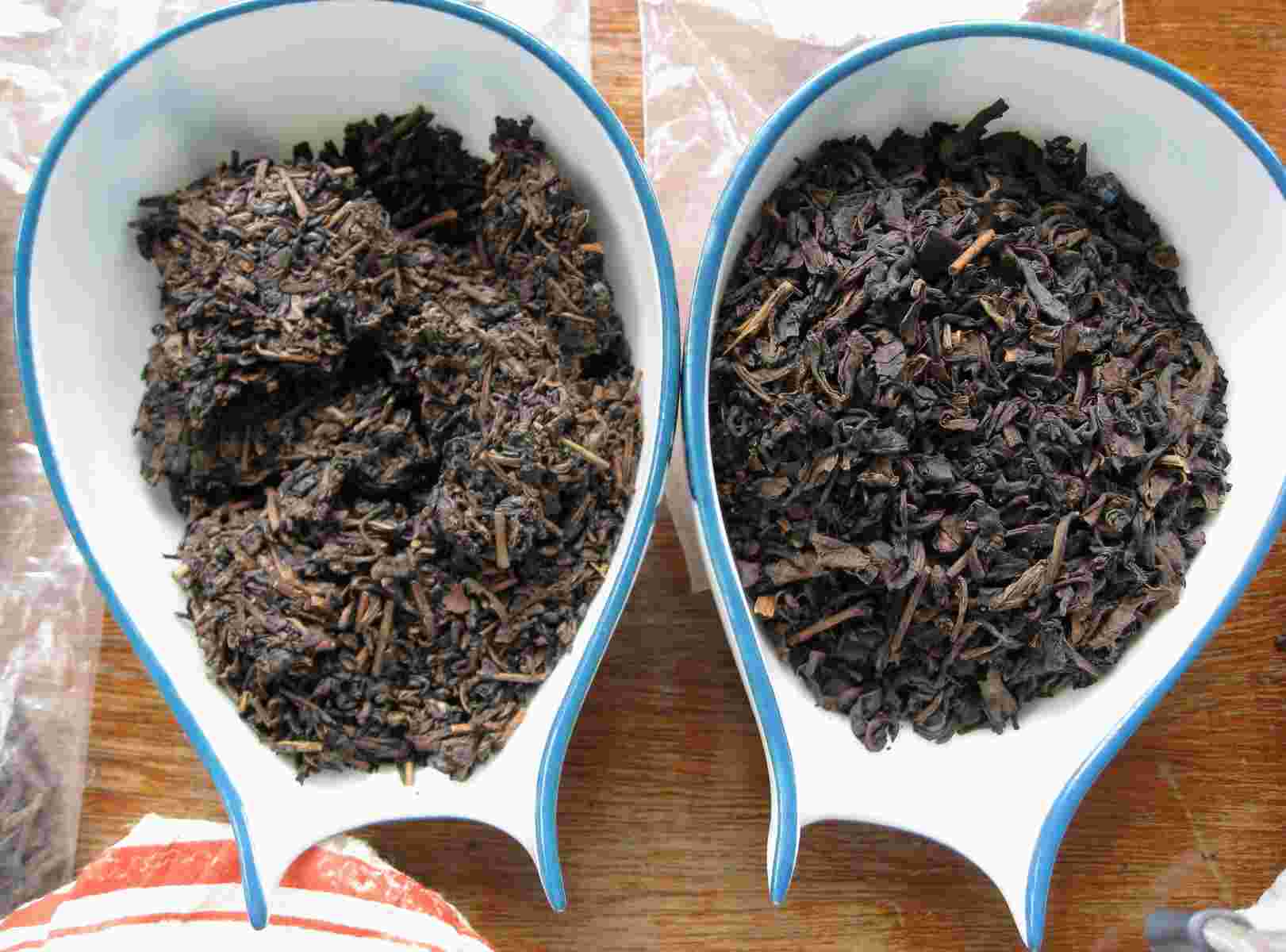For ordinary consumers, if you do not know how to identify tea, it is difficult to know the difference between the quality of tea. The quality of tea is affected by the variety of tea trees, the growth environment of tea trees, the management conditions of tea cultivation, the tenderness of fresh leaves and the processing of tea. The influence of many factors such as technology. The excellent variety, the environment suitable for the growth of tea trees, and the key to ensure the quality of tea during reasonable harvesting, the processing technology is the guarantee of quality.
New tea and old tea

New tea and old tea are comparable. Most tea-producing areas in China generally start from March, tea trees sprouted one after another, fresh leaves began to harvest, and the fresh leaves plucked from the tea trees in the spring were used to be called ‘new tea’. The teas that have been harvested and processed in the previous year or even longer are collectively called ‘old tea’, even if they are well preserved and have good tea quality.
Whether the quality of new tea is better than that of old tea depends on the tea variety and processing method, but the quality of most varieties of new tea is better than that of old tea, especially green tea. At the same time, some old tea is better than new tea. For example, Puerh tea. Under normal circumstances, the new tea has a fresh and fragrant aroma, and the tea soup is clear and bright, and the taste is fresh and refreshing. The color and fragrance of the new tea gives a fresh feeling. The old tea, whether it is color or taste, always has the feeling of "less fragrance" This is because during the storage process of tea, polyphenols, carbohydrates, lipids and vitamins are slowly oxidized or condensed under the influence of light, heat, water and air. Other compounds that are not related to the quality of the tea, and the amount of active ingredients in the tea that people need are relatively reduced, which ultimately leads to the appearance of aged scent and color.


However, not all teas are better than old teas. Some tea varieties are stored for a period of time, but they appear to be better. For example, in the next year, old tea is a fragrant and mellow taste; Yunnan Puerh tea, as long as it is properly stored, will not only deteriorate, but even improve the quality of tea. This is because these tea leaves undergo a series of slow biochemical reactions in various chemical components of the tea connotation as the storage time progresses during storage, and the quantity changes cause qualitative changes.
So there is such a problem. How to identify new tea and old tea? This can be identified from the following aspects:
(1) Color: During the storage process, some pigment substances that form the color of the tea are slowly and automatically decomposed due to the action of oxygen and light in the air. As a result of the decomposition of green tea chlorophyll, the color gradually becomes pale gray-green from the green of the new tea. The browning of ascorbic acid, which is rich in green tea, causes the tea soup to become yellowish and unclear. The oxidation, decomposition or polymerization of the theaflavins, which have a great influence on the quality of black tea, and the automatic oxidation of tea polyphenols, will cause the black tea to change from bloom to black gray.
(2) Taste: old tea produces a volatile aldehyde substance or a water-insoluble condensate due to oxidation of the ester substance in the tea, resulting in a decrease in the effective component soluble in water, thereby making the taste of the tea It becomes thinner from mellow; therefore, the taste of new tea is mellow and fresh, while old tea is thin.
(3) Aroma: Since the tea is oxidized, condensed and slowly volatilized by the aroma substances, the tea leaves become turbid by the fragrance.

The above differences are for more tea varieties. Moreover, the storage conditions are good and the difference will be relatively small. As for some teas, the quality after storage has not decreased, then it is another matter.
New tea and old tea

New tea and old tea are comparable. Most tea-producing areas in China generally start from March, tea trees sprouted one after another, fresh leaves began to harvest, and the fresh leaves plucked from the tea trees in the spring were used to be called ‘new tea’. The teas that have been harvested and processed in the previous year or even longer are collectively called ‘old tea’, even if they are well preserved and have good tea quality.
Whether the quality of new tea is better than that of old tea depends on the tea variety and processing method, but the quality of most varieties of new tea is better than that of old tea, especially green tea. At the same time, some old tea is better than new tea. For example, Puerh tea. Under normal circumstances, the new tea has a fresh and fragrant aroma, and the tea soup is clear and bright, and the taste is fresh and refreshing. The color and fragrance of the new tea gives a fresh feeling. The old tea, whether it is color or taste, always has the feeling of "less fragrance" This is because during the storage process of tea, polyphenols, carbohydrates, lipids and vitamins are slowly oxidized or condensed under the influence of light, heat, water and air. Other compounds that are not related to the quality of the tea, and the amount of active ingredients in the tea that people need are relatively reduced, which ultimately leads to the appearance of aged scent and color.


However, not all teas are better than old teas. Some tea varieties are stored for a period of time, but they appear to be better. For example, in the next year, old tea is a fragrant and mellow taste; Yunnan Puerh tea, as long as it is properly stored, will not only deteriorate, but even improve the quality of tea. This is because these tea leaves undergo a series of slow biochemical reactions in various chemical components of the tea connotation as the storage time progresses during storage, and the quantity changes cause qualitative changes.
So there is such a problem. How to identify new tea and old tea? This can be identified from the following aspects:
(1) Color: During the storage process, some pigment substances that form the color of the tea are slowly and automatically decomposed due to the action of oxygen and light in the air. As a result of the decomposition of green tea chlorophyll, the color gradually becomes pale gray-green from the green of the new tea. The browning of ascorbic acid, which is rich in green tea, causes the tea soup to become yellowish and unclear. The oxidation, decomposition or polymerization of the theaflavins, which have a great influence on the quality of black tea, and the automatic oxidation of tea polyphenols, will cause the black tea to change from bloom to black gray.
(2) Taste: old tea produces a volatile aldehyde substance or a water-insoluble condensate due to oxidation of the ester substance in the tea, resulting in a decrease in the effective component soluble in water, thereby making the taste of the tea It becomes thinner from mellow; therefore, the taste of new tea is mellow and fresh, while old tea is thin.
(3) Aroma: Since the tea is oxidized, condensed and slowly volatilized by the aroma substances, the tea leaves become turbid by the fragrance.

The above differences are for more tea varieties. Moreover, the storage conditions are good and the difference will be relatively small. As for some teas, the quality after storage has not decreased, then it is another matter.